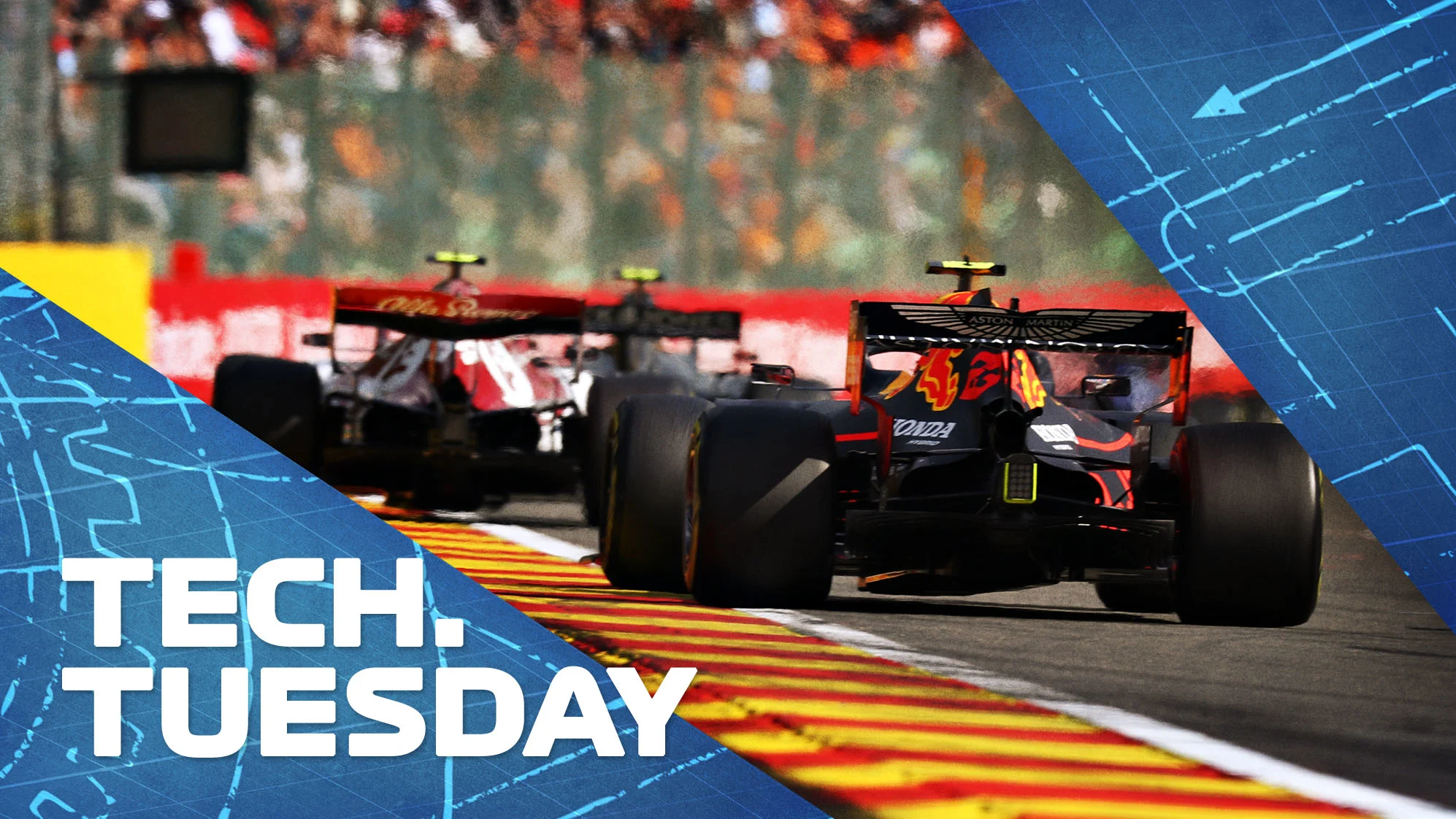Spa-Francorchamps may be a pleasure for the F1 drivers to race around, but it gives the teams a big headache in terms of choosing how to set their cars up aerodynamically. And as Mark Hughes explains, that conundrum is going to be even more complicated in 2020…
The traditional variation in chosen wing levels for the Spa-Francorchamps circuit carries extra emphasis coming into this weekend’s Belgian Grand Prix, given both the tyre questions of recent races and how much experimentation in downforce levels teams have been making recently.
As a combination of aerodynamic and tyre challenge, Spa is unique. Essentially it is comprised of two flat-out sectors which begin and end the lap, linked up by a downforce-dominated middle sector with corners such as Rivage, Pouhon and Stavelot. That middle sector is by far the longest of the three, accounting for over 70% of the combined lap time of the first and third sectors.
TRENDING TOPICS: Williams' future, and 7 more talking points ahead of the Belgian GP
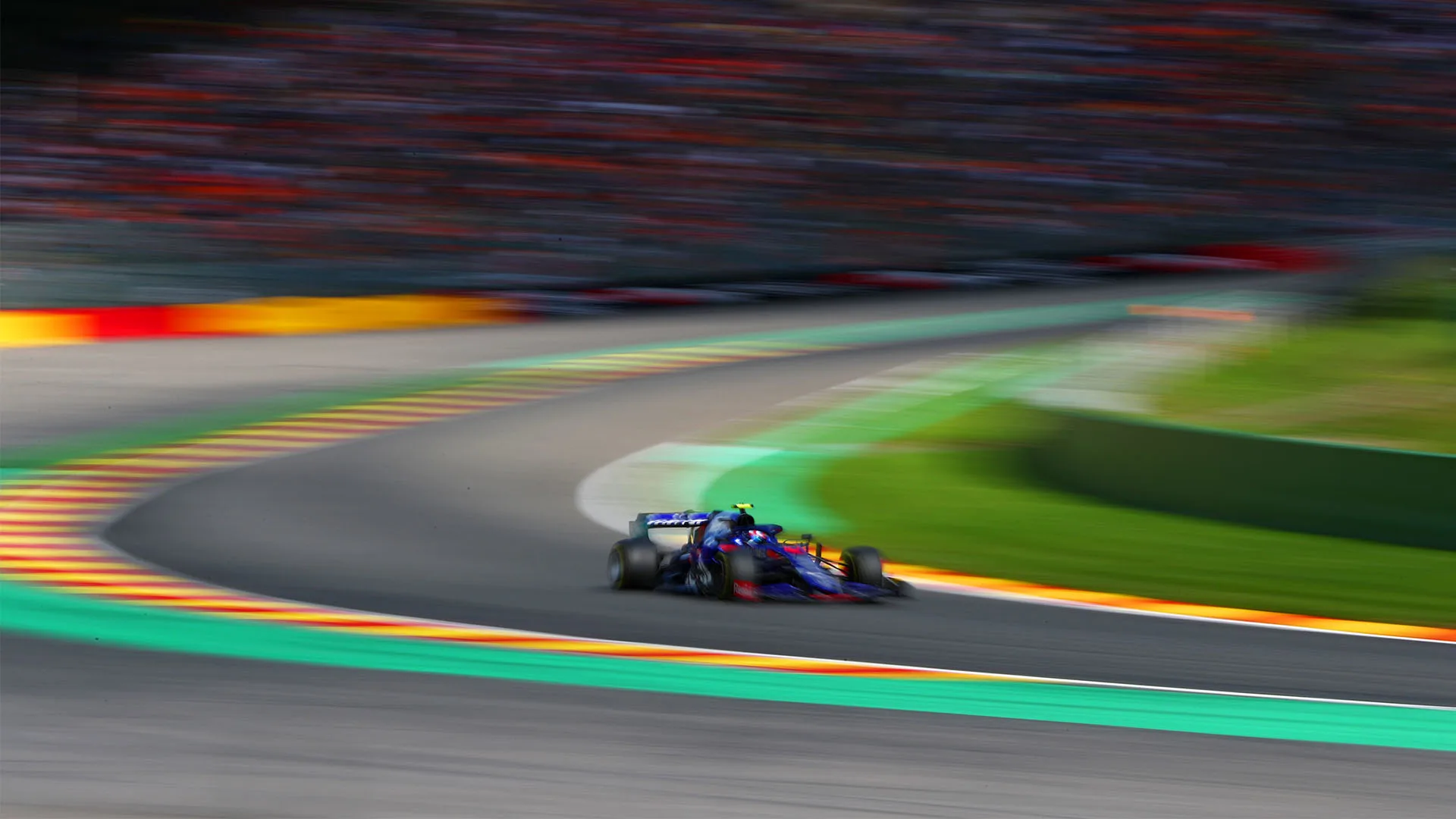
But those flat-out sections in Sectors 1 and 3 demand a low wing level because of the squaring drag resistance – which becomes extremely serious in the 150-200mph range the cars are travelling at for a long time here. The trick is always in retaining reasonable downforce for the middle sector with competitive straightline speeds. History shows that there is no one ‘right’ answer to this conundrum.
READ MORE: Qualifying engine mode clampdown would help Mercedes in races, says Wolff
What complicates the Spa equation further is the stress the circuit imposes upon the tyres. Over the years Michelin, Bridgestone and Pirelli have all suffered failures here through the combination of extremely high lateral loads in that middle sector, with prolonged super-high rotational speeds on the long straights. In addition, the surface is quite abrasive.
That has particular relevance this year. After teams rejected Pirelli’s prototype 2020 tyre (which was tried in a couple of late-season practice sessions last year), the existing tyre, in use since 2017, was retained. But these tyres were not designed for the sorts of loads being generated by the cars now and have been overwhelmed at times already this season. But it’s not just the spectacular, visible failures and blistering seen at Silverstone; they are also very sensitive to being overloaded into thermal degradation.
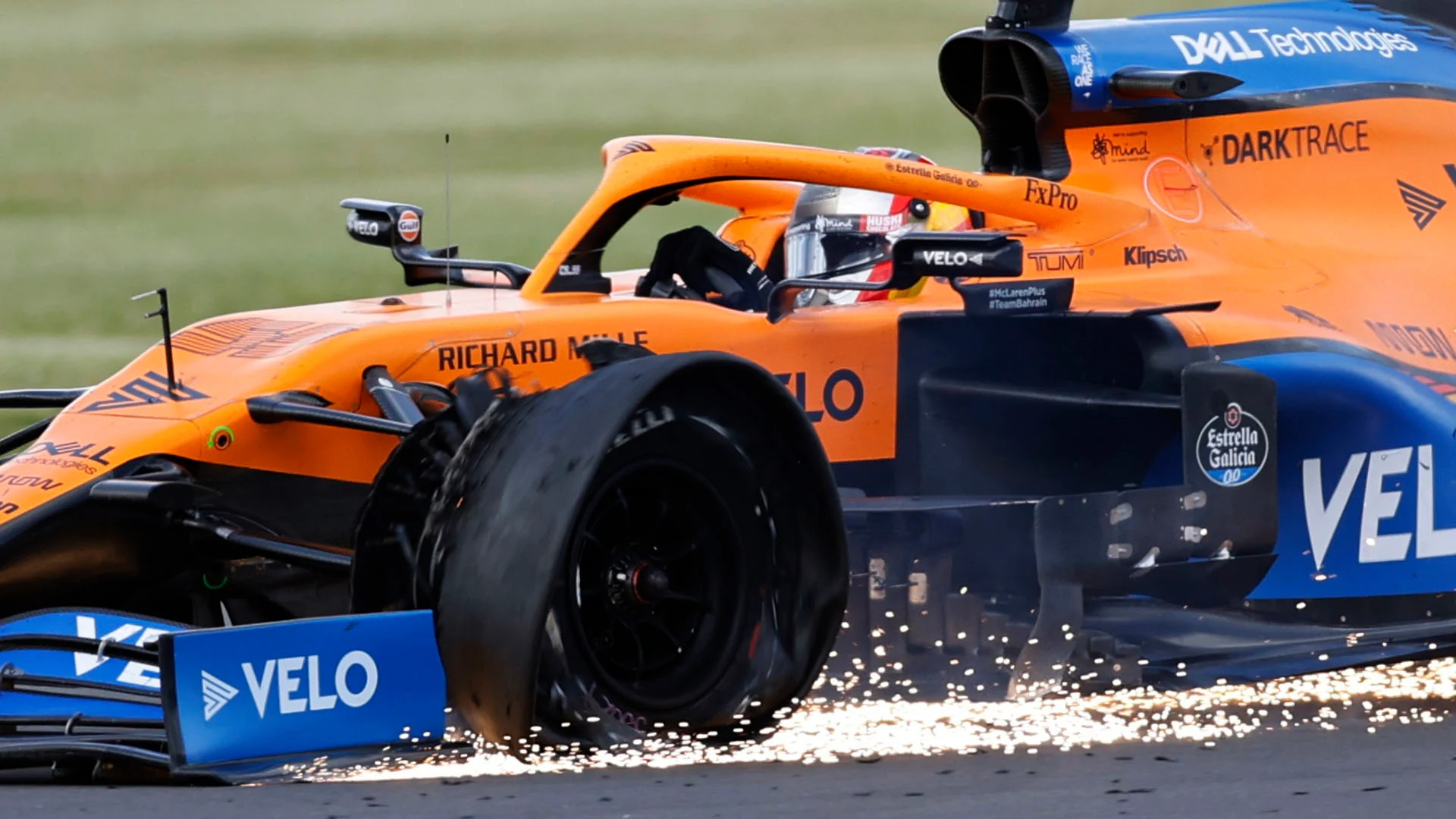
When this happens the core of the tyre can no longer properly support the tread and as a result the tyre simply loses grip. The more load that the cornering forces impose upon the tyre, the more the core of the tyre is stressed towards the point of losing its stiffness. Once that happens the tyre becomes whole chunks slower.
This is why we have seen so much experimentation this year with wing levels, even at tracks where traditionally they are unchanging. Because it can be that a bigger or higher-angled rear wing gives a faster single lap time but is slower over a stint because it takes the tyres further into thermal degradation.
Red Bull were experimenting with two levels of rear wing at the Hungaroring. Ferrari pioneered a very low-drag set-up at the first Silverstone race that other teams subsequently copied for the 70th Anniversary race a week later. Racing Point admitted it ran way too much downforce for the British Grand Prix and reduced that considerably for the following race, in company with Mercedes, Red Bull and Renault.
Given how much experimentation has been seen already this season, the unique demands of Spa suggest we’re going to see plenty of back-to-back wing level tests during the practices. Notorious Spa weather permitting, of course…
Next Up
Related Articles
 Hadjar details what excites him most about racing for Red Bull
Hadjar details what excites him most about racing for Red Bull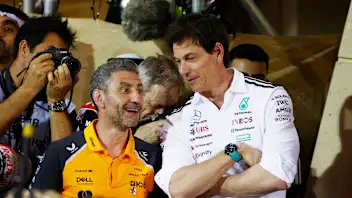 Who are the 2026 Team Principals?
Who are the 2026 Team Principals? 14 drivers from different eras who raced together in F1
14 drivers from different eras who raced together in F1.webp) Unlocked‘We have a lot of hopes’ – Vasseur on Ferrari's 2026
Unlocked‘We have a lot of hopes’ – Vasseur on Ferrari's 2026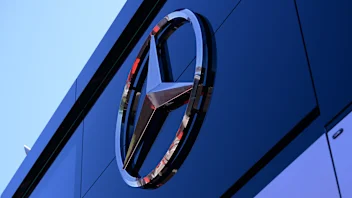 Mercedes confirm date for first look at 2026 F1 car
Mercedes confirm date for first look at 2026 F1 car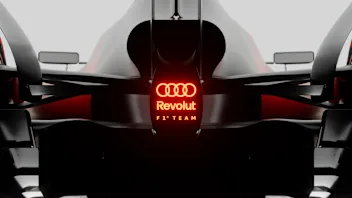 Audi complete first fire-up of 2026 F1 car
Audi complete first fire-up of 2026 F1 car

